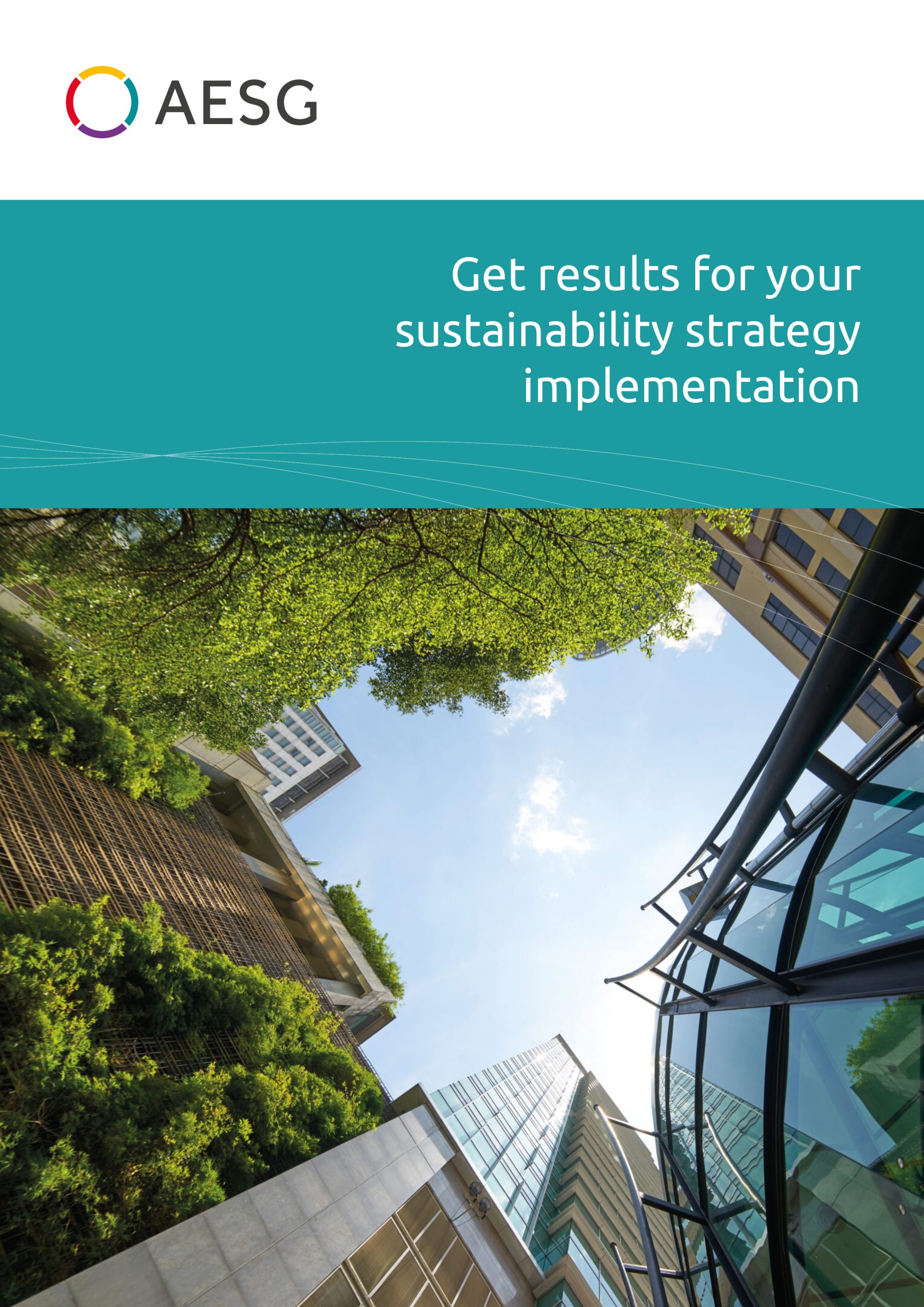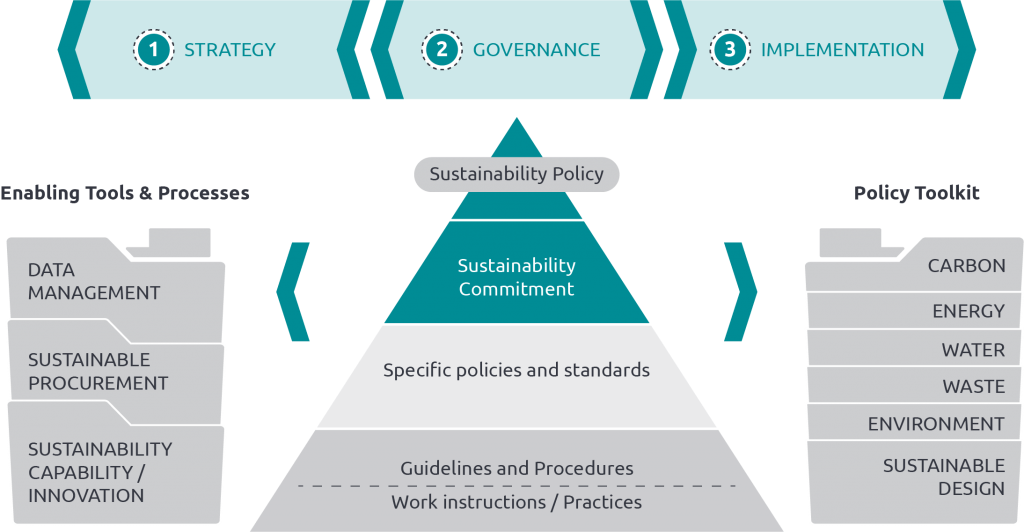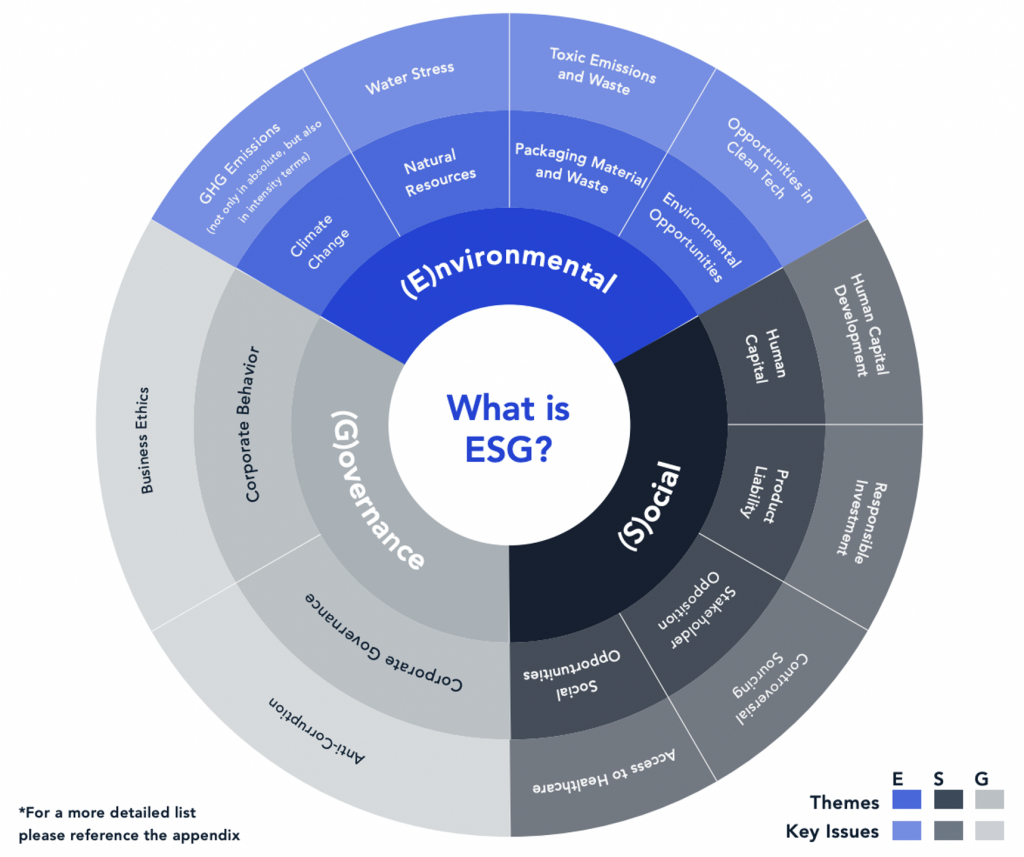
With COP28 coming to the UAE in November this year, local organisations and those in the larger Middle East are asking questions about how to accelerate their sustainability strategy execution.
What is your situation?
Do you already have a sustainability strategy?
Are you looking for implementing mechanisms that will integrate sustainability in your business?
The three enablers that will get you the results that you want are sustainable procurement, data management and governance. This article outlines each of these pillars to support your organisation in integrating sustainability in your business.
Where do you start?
When designing and kicking off the implementation phase of sustainability strategy, organisations are faced with a choice:
If you want to leverage sustainability to transform and grow your business and make it future-proof, the third option is the only one viable.
Your organisation will require enablers, processes and structures that can impregnate sustainability and its various elements (environmental, social and governance) into your processes and with your people. Our experience supporting organisations on this path indicates that procurement, data management and governance will take your sustainability agenda far, in terms of timeline and depth of your organisation (See Figure below).

Sustainable data management
You can’t manage what you can’t measure. However, data gathering needs to follow a specific purpose. If you want to pursue practical implementation of your sustainability agenda, the purpose can’t be solely the alignment with GRI or other reporting standards.
Sustainability data gathering needs to be driven by your objective to understand and analyse those areas of your business that have material sustainability impacts. For example, in terms of energy and water consumption, the idea is not only to report on the total consumption. You want to know the business activities and uses that relate to your overall consumption numbers. If you operate buildings, for electricity this would be cooling, lighting and different equipment in terms of uses. Retail, office operation or warehousing could be some of the activities. You also want to understand the changes happening between months, between years, map any initiatives that focus on managing the consumption, etc.
The task of gathering and analyzing data on a regular basis requires a data management process and system in place. In return, solid data management has the potential to transform the way you think about sustainability. This connects directly with your digitalisation and possibly automation agenda. There are a number of adequate digital tools that will allow your stakeholders to manage sustainability data, both internally (within your organisation) and externally (with your stakeholders, including supply chain).
When procuring a solution, make a hierarchy of priorities to guide your choice such as:
The preferred priorities will determine your selection of digital tool because each will have strengths in a different area.
Sustainable procurement
Once you gather your data internally and start reaching out to your stakeholders, this will touch on your supply chain. You will need to assess and report on the sustainability performance of your suppliers across a number of materiality areas such as those highlighted by the Saudi Exchange in their ESG Disclosure Guidelines (See Figure below). Procurement process will be the main tool that will support your assessment and reporting process with your suppliers.

Source: Saudi Exchange ESG Guidelines
Updating of your procurement with sustainability metrics in mind will be a progressive process that includes several steps:
Integrating sustainability in your procurement process will have some surprising benefits of improving quality of services and products provided, enhancing skills among your suppliers and creating an ecosystem of continuous improvement that will drive competitive advantage for your organisation.
Sustainability governance and training
Integrating sustainability in your business will require a governance framework that entails allocation of roles and responsibilities, document hierarchy and metrics to measure progress. You will also need to educate all levels of your organisation.
Sustainability hierarchy starts at the top and runs through the structure of the organisation. Sustainability committee is required at Board, CEO (execution) and middle management level to ensure leadership is aligned. A network of sustainability ambassadors, these are staff in your business units who will carry the responsibility of embedding sustainability in your day to day operations. Sustainable document hierarchy (See the first figure) will detail sustainability integration across your policies and processes. A sustainability statement will communicate the message, clearly and concisely, to your internal and external (incl. supply chain) stakeholders. If you want to cement your growth over time, we recommend embedding sustainability KPIs in your units, projects and staff evaluation.
Your people won’t implement what they don’t understand, therefore offering training on sustainability could be a change-maker for your sustainability integration. We recommend tailored training to executive and middle management based on their areas of responsibility and a general introductory training to all your staff.
As a conclusion, sustainability data management, procurement and governance can be the accelerators of your sustainability journey. They will require focus and allocation of resources. Sustainability integration will become an additional tool in your toolbox to drive transformation in your organisation.
How can AESG help?
AESG is a specialist consultancy, engineering and advisory firm with offices in London, Dubai. Riyadh and Singapore working on projects throughout Europe, Asia and Middle East. We pride ourselves as industry leaders in each of the services that we offer. We have one of the largest dedicated teams with decades of cumulative experience in sustainable design, fire and life safety, façade engineering, building commissioning and digital asset management, waste management, environmental consultancy, strategy and advisory, acoustics, cost management and carbon management.

Partner and Global Director of Strategy and Advisory, AESG
Katarina Uherova Hasbani is AESG’s Partner and Global Director of our Strategy and Advisory division.
Katarina is an energy transition and sustainability professional with comprehensive experience in leadership positions across the value chain of the energy industry, encompassing utilities, oil and gas and renewables and large energy users. She has proven experience as an effective leader of global cross-functional teams and has spent 18 years designing strategies, public policies and implementing transformation projects across more than 30 countries in the Middle East, South-East Asia and Europe. Katarina covered cross-cutting themes shaping energy transition, including net zero, climate change, environmental protection, and sustainability.
She is an active public speaker and has authored a variety of studies on energy transition and decarbonisation. She is active in industry associations and is also currently a member of the Global Executive Committee for Insead Energy Alumni Club and local UAE Insead Alumni Association. Katarina mentors actively to promote balanced leadership among her industry peers and young professionals.
For further information relating to specialist consultancy engineering services, feel free to contact us